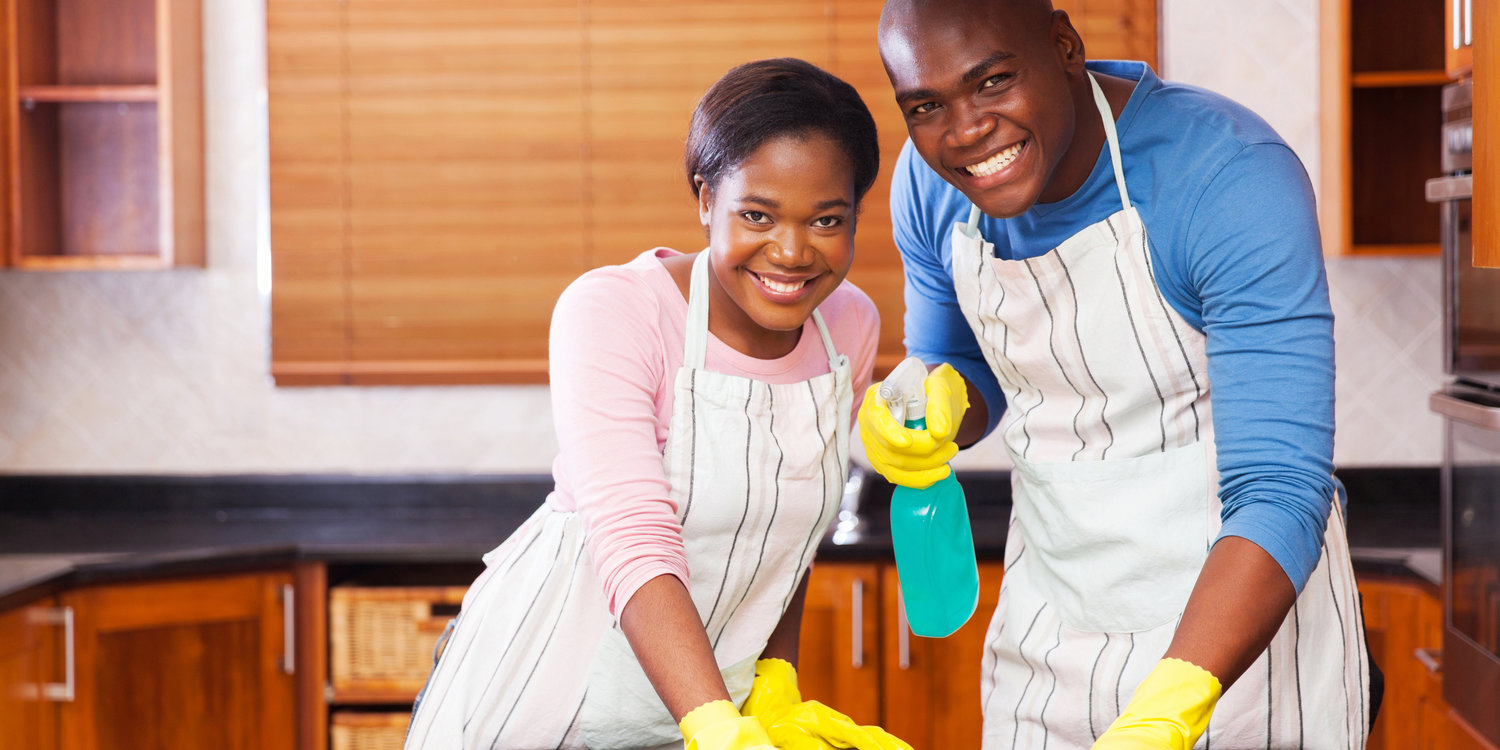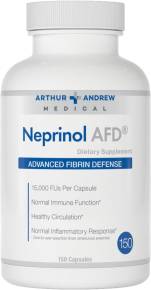I’ve learned to hose down my door mat regularly and leave street shoes at the front door to avoid tracking in chemicals and other unwanted pollutants.
Recently, I’ve chosen to expand my collection of effective green home-cleaning products. Chemical cleansers with harsh, health hazard warnings no longer make their way into my home—the harm they can cause by inhaling or absorbing their toxic fumes through the skin is too great (up to 10 times higher when inhaled indoors than outside). According to the US Environmental Protection Agency, these household products also pollute the environment by seeping into groundwater when rinsed down drains and toilets.
But it’s not easy to navigate the variety of eco-friendly products. The choice for consumers is greater than ever. Scanning their ingredient lists, most sound anything but safe. And manufacturers aren’t obligated to disclose all ingredients unless they are active disinfectants (regulated by the Environmental Protection Agency as pesticides) or known to be potentially hazardous. According to Consumer Reports, two companies that choose to disclose all ingredients are Ecover and Seventh Generation. Still, how do you know which solutions are the least toxic?
DIY — Better & Safer
A few generations ago, before petrochemical cleansers became the contemporary standard in clean, people used renewable, plant-derived ingredients to get their households sparkling. The same ingredients found in food pantries were also used on cleaning day—along with laundry staples like borax, a sanitizing mineral that discourages mold; and vegetable-based castile soap, which is available in liquid or bar form. There are packaged products on the market containing these natural cleaning workhorses but making your own concoctions is neither difficult nor expensive.
Consumer Reports, rates Nature’s Source and Seventh Generation as the best all-purpose cleaners on the market. But the magazine also recommends making your own cleansers, citing recipes from the nonprofit group, Healthy Child Healthy World. That organization recommends filling a spray bottle with 2 teaspoons of borax, 4 tablespoons of white vinegar (a natural degreaser and disinfectant), and 3 to 4 cups of hot water for an all-purpose cleanser. If more cleaning power is needed, add ¼ teaspoon of liquid castile soap. A cup of borax can also be effective when tossed into the toilet bowl overnight before a morning scrub. Don't overlook cream of tartar — that common baking ingredient —either. A mild acid, it can remove stains fin sinks and bathtubs.
Nutritional health expert Ann Louise Gittleman, PhD, warns against using conventional glass cleaners, which may contain the neurotoxin and lung tissue irritant butyl cellosolve (also known as butyl glycol, ethylene glycol, monobutyl). Opt instead, for a half vinegar, half warm water spray solution, adding a ½ teaspoon of liquid castile soap if the surface is extra grimy.
But don’t stop at cleaning products themselves. Use washable cleaning cloths as an alternative to paper towels and try biodegradable trash bags. Don’t forget commonsense measures that can help you avoid heavy-duty cleaning jobs later on, such as putting a layer of aluminum foil at the bottom of the oven to catch spills and taking your shoes off at the door.




